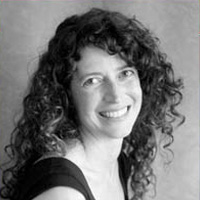Hi James,
You ask about metering and compensating with the Holga. Well, the thing is, you can't really compensate with a Holga. With the newer versions that have bulb settings, you can do long exposures, but there is no way to be exact. So throw away the meter and just shoot - you can always mess with the negatives later in the darkroom or on the computer.
For some control, you can bracket a little with the bulb Holga, or push your processing a little if the roll was shot in dim light. Generally, I always have at least 400 speed film in my Holgas (TX and Portra), and sometimes use 3200 Delta and the Portra 800. Only if you know you'll be doing entire rolls during one set of conditions, then choosing your film speed to be appropriate makes sense.
As for filters: on very bright days, sometimes I'll use a neutral density or polarizing filter (just for the density) to cut the light. I've recently been experimenting with close-up filters and am very excited about those results.
There is a lot of information about shooting with toy cameras online. Check out my website (
http://www.michellebates.net) and search for Holga info on the web. More resources will be available in the future!
Good luck,


